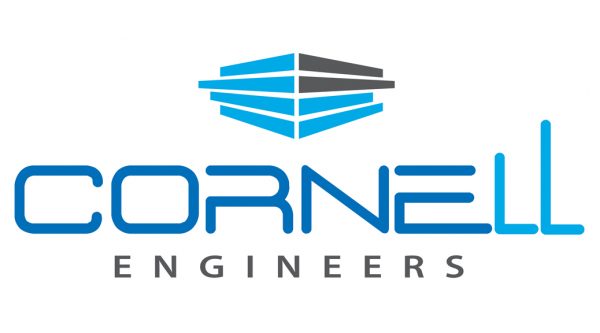A big thank you to Georgina and her family for asking Cornell Engineers to provide structural engineering for their home renovation (house raise and build in under project) in Milton.
We asked Georgina five questions about the process so far (design and documentation stage). Here’s what Georgina had to say!
It’s early days in your house renovation project so far. What obstacles and problems have you had to solve already that you didn’t expect? Have you overcome those problems yet?
We really wanted to have some off street parking but without lifting or moving the house it wasn’t possible. We made the decision to leave that given the budget required was too much.
We also want a pool, this was going to be an issue with the slope of the land and stormwater drains plus the limited access we have at our property. Luckily we have found a position for the pool that suits and digging for the pool can be done early on in the project when we have excavators on site. I’m sure there will be more obstacles that pop up along the way but so far so good!
What were the critical factors in the decision to stay and renovate instead of selling and buying a different house?
We did have a good look at the market and went to inspect quite a few houses before we made the decision to renovate.
All the properties we looked at were good but always with issues that would have to be fixed with a small renovation anyway or not in a great location. We decided in the end that being able to work with what we had already to create a home that is perfect for us.
What is the thing you love most about your house pre-renovation? What do you think you will love most when the renovation is complete?
We love our street & also the beautiful view from our back deck. I will love having more than 1 bathroom with teenage boys in the house!
Where have you drawn inspiration from for your renovation? How did you have to modify those thoughts to keep the project within budget and comply with the approval process?
We have drawn inspiration from other properties in the area and really thought about what we needed as a family, especially with our children getting older. The need for some separate living spaces especially…
We have tried to keep the project within budget by considering the use of different, more cost-efficient products in the tiling and flooring of the property. We also had a few ideas early on in the planning process that we have cut from the project. The approval process was actually quite easy given the fact we were very happy to keep the existing style of the house.
What is your key piece of advice to other homeowners thinking about renovating their homes?
Be patient, do your research and try to find a good team that you can trust to listen to your needs and get the job done!
Thank you Georgina
Thank you very much Georgina for taking the time to bring us up to speed on your home renovation in Milton. We look forward to seeing more projects like this beautiful home renovation!


